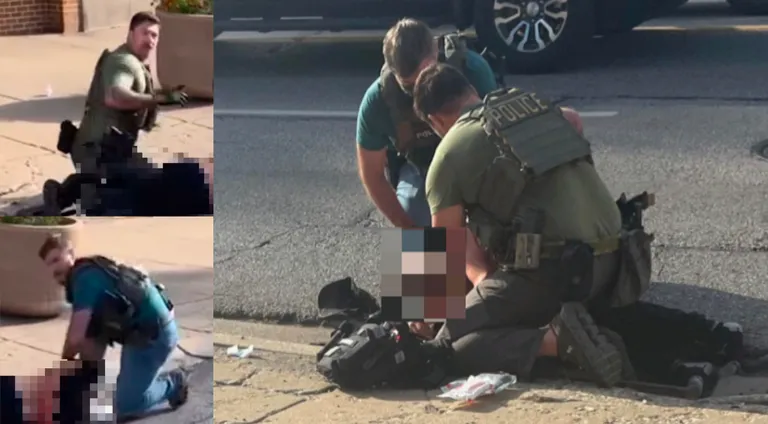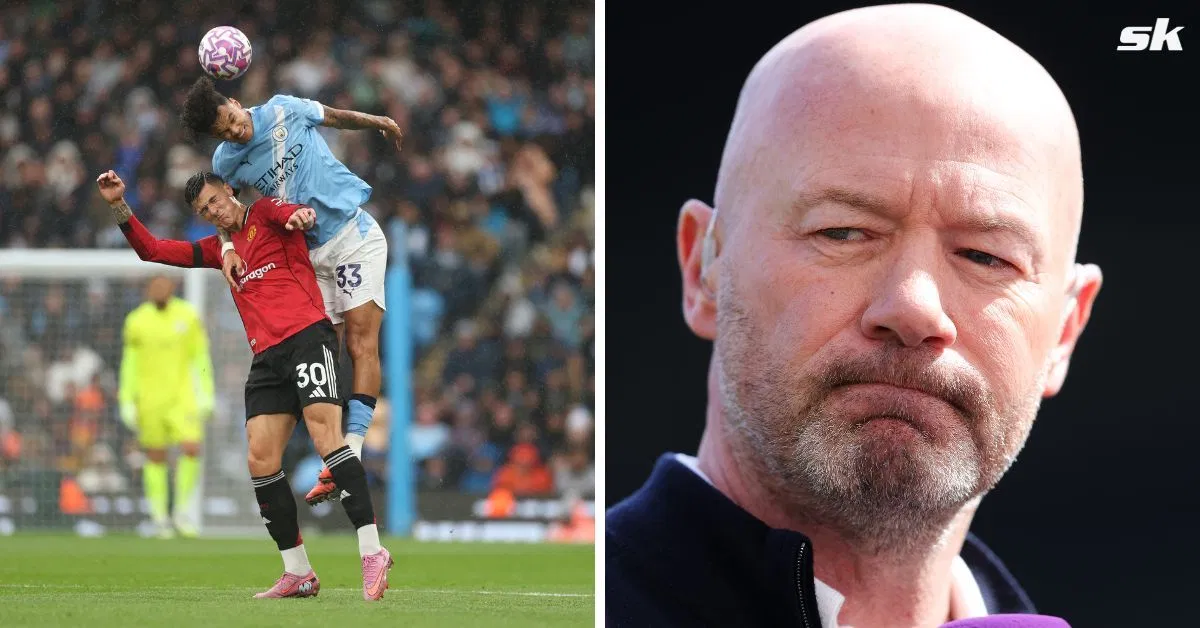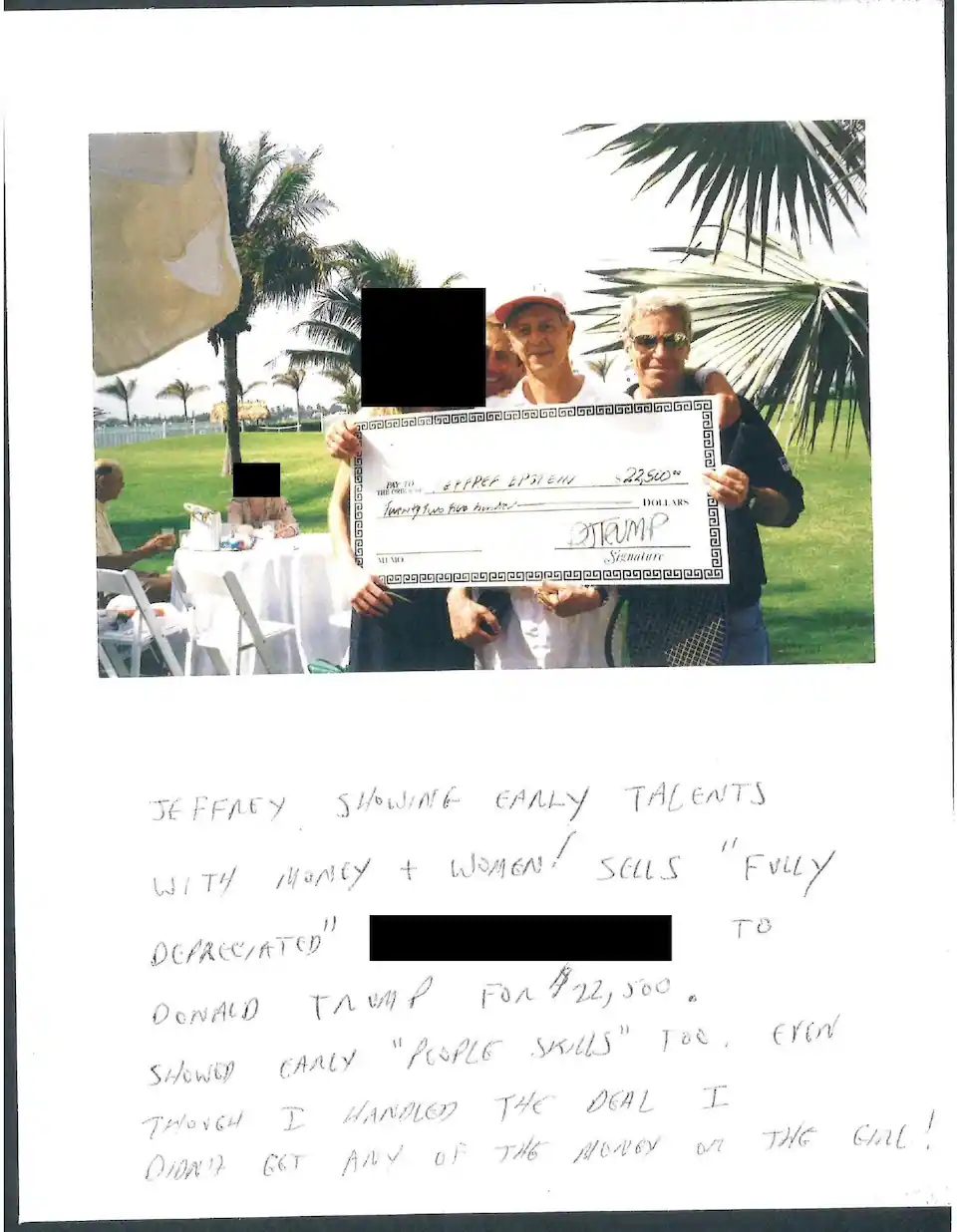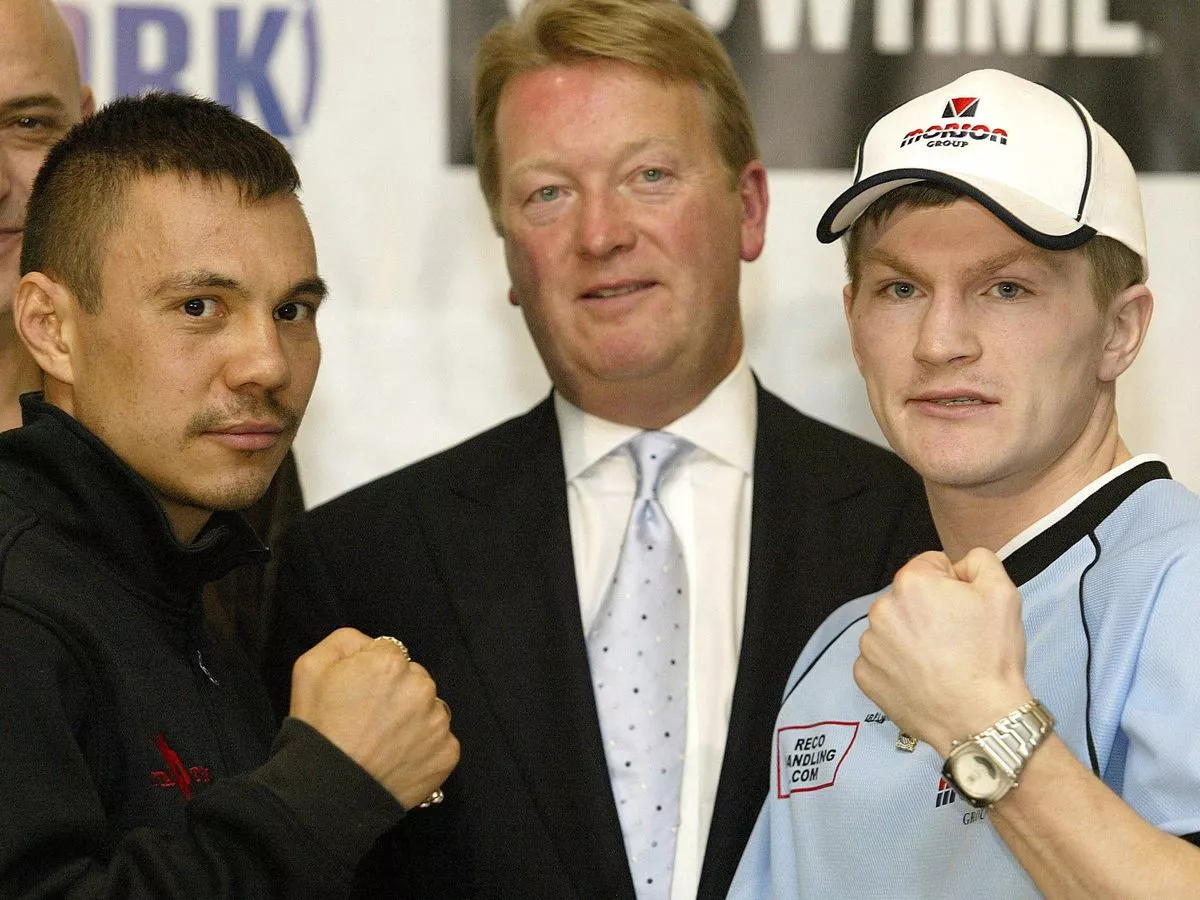By Shawn Mulcahy
Copyright chicagoreader

This story was copublished with Unraveled.
Less than one week into President Donald Trump’s surge of deportation arrests in Chicago, an immigration agent shot and killed a man during a traffic stop on a near suburban street Friday morning.
The Department of Homeland Security (DHS) identified the man as Silverio Villegas-Gonzalez, confirmed by the Mexican consulate as a 38-year-old Mexican citizen from the state of Michoacán. An unidentified Immigration and Customs Enforcement (ICE) agent fatally shot him in the heavily Latine Chicago suburb of Franklin Park during what DHS described as a “vehicle stop,” according to an official statement.
The statement, which was immediately quoted by media outlets, places much of the blame on Villegas-Gonzalez for his own death. The agency also claimed Villegas-Gonzalez drove his car at ICE agents conducting the vehicle stop, resulting in serious injuries.
“He refused to follow law enforcements [sic] commands and drove his car at law enforcement officers,” the statement reads. “One of the ICE officers was hit by the car and dragged a significant distance. Fearing for his own life, the officer fired his weapon.“
Bystander videos and eyewitness accounts, however, tell a different story.
Security footage near the scene in Franklin Park, as reported by CBS News, shows two plainclothes agents approaching a silver sedan that had been blocked from moving by an unmarked SUV. The sedan eventually reverses away from the two agents, and the officer on the passenger side points his firearm at the vehicle.
As Villegas-Gonzalez drives away from the agents—not toward them, as DHS claimed—the agent on the passenger side aims his weapon at the back of Villegas-Gonzalez’s car. Two gunshots can be heard in a separate security video. The second agent is not visible during the shooting, and it remains unclear which agent fired their weapon.
Other footage that circulated on social media following the shooting, recorded by on-scene witnesses, shows two men in body armor pulling Villegas-Gonzalez out of his vehicle after it crashed into the undercarriage of a semitruck about 100 feet away from the initial traffic stop.
The pair of agents, who appear to be operating alone, are then seen laying Villegas-Gonzalez’s bloodied body on the ground and providing first aid. One can be heard yelling for bystanders to call 9-1-1. Neither appears seriously injured.
“He got blood . . . all over his neck and his head,” said a local witness, who asked not to be identified, of Villegas-Gonzalez’s condition when an ambulance arrived. The witness emerged from her apartment building to see plainclothes agents in body armor with no agency lettering wrapping Villegas-Gonzalez’s gunshot wounds in gauze.
Villegas-Gonzalez was pronounced dead after being taken to the nearby Loyola University Medical Center, according to a Friday evening statement from the Village of Franklin Park.
DHS reports the allegedly injured officer is in stable condition.
Witness video obtained by Unraveled appears to show no other agents present in the immediate aftermath of the shooting.
A search of Cook County court records shows the beloved father and community member was cited for four minor vehicle violations between 2010 and 2019. Just one involved a moving violation—speeding—more than twelve years ago in May 2013.
Verified ICE sightings around the greater Chicago area in the last week already show a pattern of traffic stops that have led to immigration enforcement arrests. A mix of plainclothes agents and members of the Chicago field office’s special response team (SRT), in fully militarized gear, have been spotted pulling over drivers.
This so-called “jump out” maneuver has been used for years by the Chicago Police Department’s tactical teams. Police departments in urban areas will often use an unmarked SUV to quickly cut off a target vehicle in traffic, as plainclothes officers jump out and bark orders at the vehicle’s occupants. The tactic is predominantly used to stop Black and Latine drivers, and the stops cause confusion and panic for drivers boxed in their cars, frequently leading to violent police encounters.
A similar maneuver led to the death of Dexter Reed in Chicago in March 2024. Officers involved in Reed’s death have since received suspensions for violating multiple department policies in how they conducted traffic stops.
ICE agents are rarely seen wearing body cameras, and municipal police department policies do not apply to any of their law enforcement activities. Likewise, federal agencies are not mandated to identify agents who fire their service weapon. There is no set timeframe in which they have to release relevant records via the Freedom of Information Act, and no policy Unraveled is aware of mandates time off-duty for federal agents involved in a shooting.
Agents with the Federal Bureau of Investigation (FBI) were seen processing the crime scene. As of press time, it remains unclear if the Illinois State Police or any other local law enforcement will be involved in the investigation into the incident.
There is a short history of state police investigating fatal shootings by federal agents—in 2024, the Arkansas State Police investigated the shooting death of a local official by agents with the Bureau of Alcohol, Tobacco, Firearms, and Explosives, and in 2021, the Connecticut State Police investigated a shooting involving an FBI agent. Prosecutors declined to prosecute either case.
The incident has sparked uproar in the community amid the Trump administration’s targeting of Chicago for heightened immigration enforcement.
“This blood that was spilled today will be a stain on the history of our nation,” said Illinois state senator Karina Villa of Villegas-Gonzalez’s killing at a press conference on Friday afternoon.
Community remains defiant
Also on Friday, only a few miles south of where Villegas-Gonzalez was killed, protesters demonstrated for more than 12 hours outside an ICE processing facility in the suburb of Broadview.
The demonstration overlapped with a long-running weekly prayer service for migrants detained inside the facility.
Protesters, armed with handmade signs and sidewalk chalk, repeatedly confronted heavily armored federal agents in face coverings as the agents moved vehicles in and out of the facility over the course of the day. These included a transit van with captives banging from the inside.
According to a September 2 statement from Broadview mayor Katrina Thompson, ICE will continue operating out of the Broadview facility as part of a “large-scale enforcement campaign”—part of the Trump administration’s so-called Operation Midway Blitz—until at least mid-October.
Immigration rights organizations are unable to provide an accurate estimate of the number of people snatched by federal agents over the last several days, surely in part due to the chaotic and dispersed nature of the ICE operation.
“I don’t have a sense of a number except to say that it is certainly higher than what ICE is reporting publicly,” said a spokesperson for the Illinois Coalition for Immigrant and Refugee Rights in a statement. “We know ICE’s history of exploiting personal tragedies to conduct broad and unnecessary operations with increasingly aggressive, and now fatal, tactics. We also know that our partners have conducted legal intake for individuals who are not among those on DHS’s press release from earlier this week, and that abductions are still happening into the weekend.”
Before dawn, protesters blocked the main vehicle entrance to the ICE facility. Agents shifted to using a separate garage attached to the building after sunrise, repeatedly sending out teams to guard vehicle transfers. Local police from Broadview and Maywood, who were also on scene, joined with the agents’ line on at least one occasion, and at other times formed a loose line in front of the facility itself.
At multiple points over the course of the day, agents took to the facility’s roof, some armed with long guns and others seemingly recording the crowd with smartphones. One agent also appeared to be piloting a drone over the crowd around 10:30 AM.
Video captured by witnesses shows the agents becoming more aggressive as the day wore on and the crowd thinned.
Hours after an ICE agent fatally shot Villegas-Gonzalez in Franklin Park, SRT agents deployed projectile chemical munitions on the crowd. These included chemical gas, as well as pepper balls fired at a protester who was using a mobility aid.
“They are hurting families, and they need to stop,” said one protester at the Broadview facility, who asked not to be named, of the immigration agents’ activity in the Chicago area. “We don’t want them in Chicago. We don’t want them here in the United States.”



